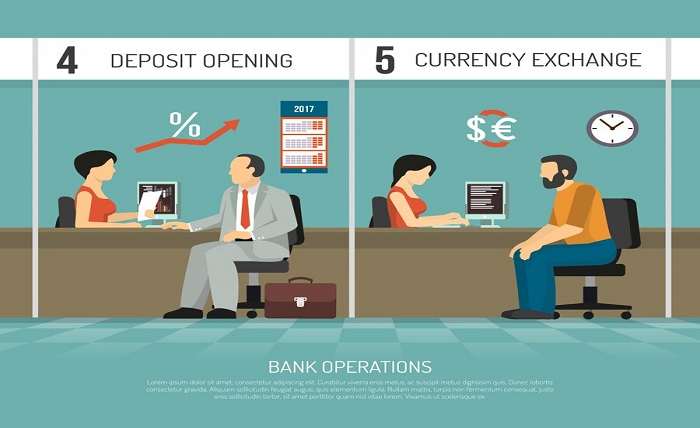
Opening a personal checking account is an essential step toward managing your finances effectively. A checking account offers secure and convenient access to your money for everyday transactions like paying bills, shopping, and transferring funds. This step-by-step guide will walk you through the process of opening a bank account and choosing the right one for your financial needs.
Why Open a Personal Checking Account?
A bank account simplifies money management and provides several advantages, such as:
- Securely storing your funds
- Easy access to cash through ATMs and debit cards
- Streamlined bill payments and money transfers
- Budgeting tools and financial insights through online banking
With these benefits, a checking account is a foundational tool for managing your personal finances.
Step 1: Research and Compare Checking Accounts
The first step in opening a checking account is finding the one that suits your needs. Banks and credit unions offer various account types, so it’s essential to compare features, fees, and benefits.
Key Factors to Consider
- Fees and Charges: Look for accounts with low or no monthly maintenance fees. Some banks waive fees if you meet specific criteria, like setting up direct deposits or maintaining a minimum balance.
- Accessibility: Consider whether the bank has a user-friendly online banking platform, a robust ATM network, and convenient branch locations.
- Features and Perks: Look for accounts that offer features like overdraft protection, mobile check deposit, and rewards programs.
- Interest Options: Some checking accounts pay interest on your balance, which can be an added benefit if you maintain a high balance.
Step 2: Gather the Necessary Documents
Before you can open a checking account, you’ll need to provide specific documents to verify your identity and meet banking requirements. Most banks require the following:
- A government-issued photo ID (e.g., driver’s license, passport, or state ID)
- Your Social Security number or Individual Taxpayer Identification Number (ITIN)
- Proof of address (e.g., a utility bill, lease agreement, or bank statement)
Having these documents ready will streamline the account opening process.
Step 3: Decide How You Want to Open the Account
Most banks offer multiple ways to open a checking account, allowing you to choose the method that works best for you.
Options for Opening a Bank Account
- In-Person: Visit a bank branch to speak with a representative who can guide you through the process.
- Online: Many banks allow you to open an account online through their website or mobile app. This option is convenient and can often be completed in minutes.
- By Phone: Some banks also allow you to start the application process over the phone.
Each option has its advantages, so choose the one that aligns with your preferences and schedule.
Step 4: Complete the Application
During the application process, you’ll need to provide your personal information and select your account preferences.
Information You’ll Provide
- Your full name
- Date of birth
- Social Security number or ITIN
- Contact information (address, phone number, and email)
You may also need to choose options like paperless statements or set up online banking during this step.
Step 5: Fund Your New Checking Account
Once your application is approved, you’ll need to make an initial deposit to activate your account. The required amount varies by bank but is usually between $25 and $100.
Common Ways to Fund Your Account
- Cash deposit at a branch
- Electronic transfer from another account
- Mobile check deposit
- Mailing a check to the bank
Funding your account promptly ensures that it’s ready for use right away.
Step 6: Set Up Online and Mobile Banking
After opening your account, take advantage of your bank’s digital tools. Online and mobile banking allow you to manage your account, transfer funds, pay bills, and monitor transactions from anywhere.
Benefits of Online Banking
- 24/7 access to your account
- Bill payment and transfer options
- Alerts for low balances or unusual activity
- Financial insights and budgeting tools
Setting up online banking is simple and enhances your overall banking experience.
Step 7: Start Using Your New Checking Account
Once your account is fully set up, you can begin using it for daily transactions. Activate your debit card, set up direct deposit with your employer, and link your account to payment apps like Zelle or Venmo for added convenience.
Conclusion
Opening a personal checking account is a straightforward process that can significantly improve your financial management. By researching your options, gathering the necessary documents, and following these simple steps, you’ll have a bank account ready to meet your needs. Whether you’re opening your first checking account or switching to a new bank, the right account can simplify your financial life and provide the tools you need for success.



